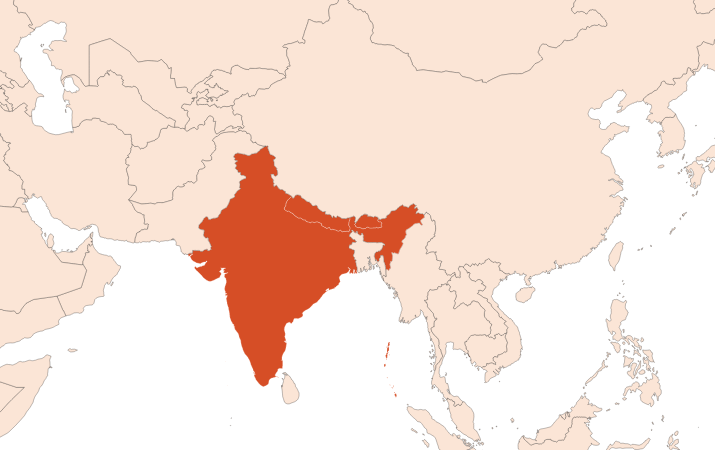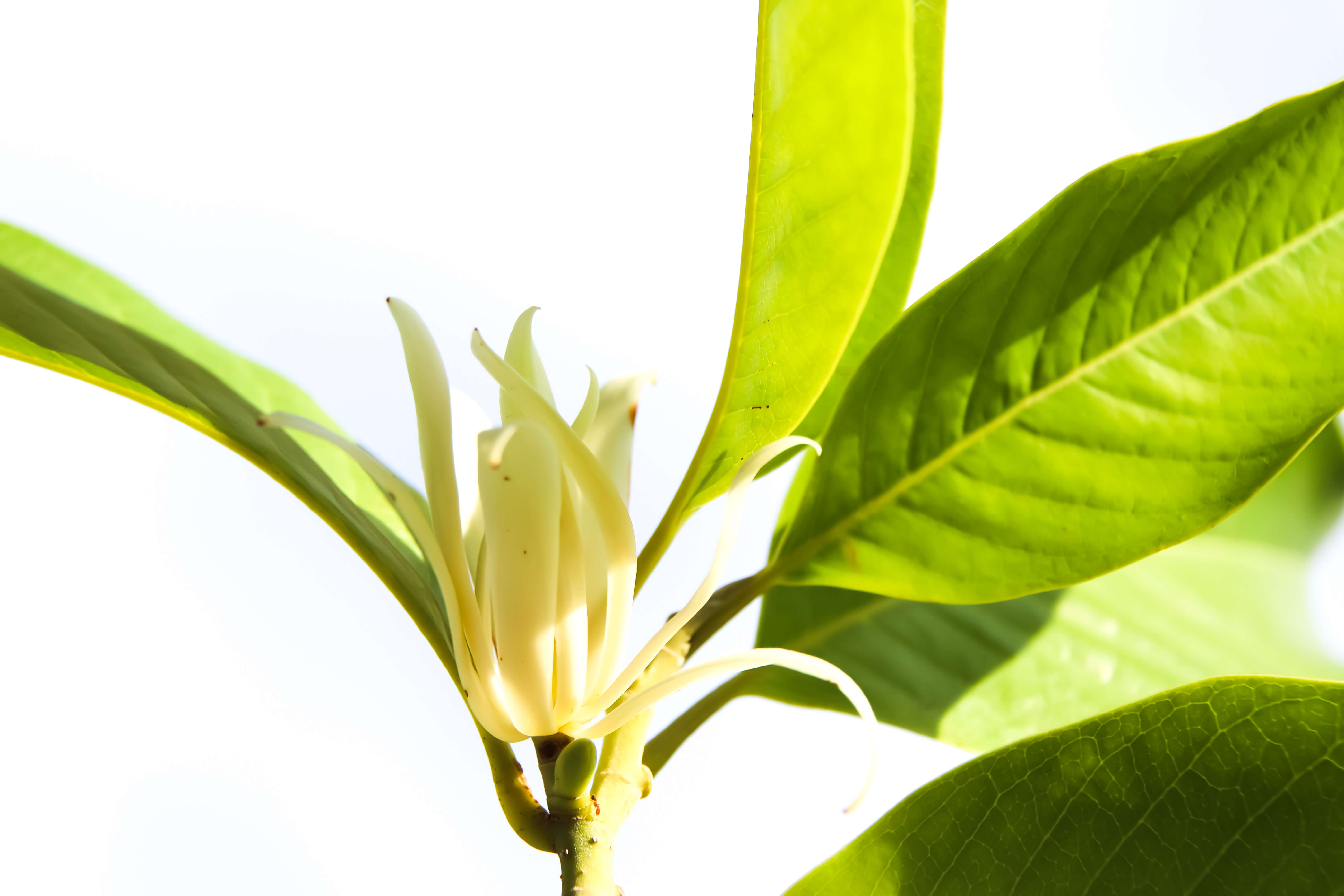| Company | Ingredient Name | ID | Comments | Naturality | Certifications | Purity | Latin name | Treated part | Geographical origin | MOQ |
|---|---|---|---|---|---|---|---|---|---|---|
|
|
Absolue de Champaca - 30 gr | - |
Visit website
|
- | - | - | - | - | - | |
|
|
CHAMPACA ABSOLUTE | 4410000062 |
Visit website
|
Naturel | - | - | - | - | - |
General Presentation
-
CAS N° : 94333-99-0
-
EINECS number : 305-079-8
-
FEMA number : Donnée indisponible.
-
Appearance : Yellow to orange liquid
-
Density :
-
Volatility : Heart/Base
-
Price Range : €€€€
Physico-chemical properties
-
Optical rotation : Donnée indisponible
-
Vapor pressure : Donnée indisponible
-
Refractive Index @20°C : Donnée indisponible
-
Acid Value :
-
Flash Point :
Uses
Uses in perfumery :
Allows to nuance white flowers notes, with a warm and cinnamic side.
Major Components :
- Phenyl Ethyl Alcohol (20-30%)
- Methyl Linoleate (10-15%)
- Methyl Anthranilate (4-5%)
- Benzyl Acetate (3-5%)
- Beta-Ionone (3-4%)
- Indole (2-3%)
- Linalool (≈2%)

Photo credits: ScenTree SAS
Botanical name :
Data not available.
Botanical profile :
Champaca is a flower belonging to the Magnoliaceae family and the Michelia genus (as Magnolia Flower EO).
Chemotypes :
Champaca Absolute is, along with Magnolia Flower EO, one of the only flowers of the genus Michelia used in perfumery. It is known for its pronounced scent.
The Michelia genus includes about 50 reported species. Among them, we can distinguish :
Michelia alba (White Magnolia - Magnolia Flower EO), native to Java, Indonesia, with very fragrant white flowers, rich in Linalool.
Michelia Champaca (Champaca Absolute), grown mainly in the Himalayas and providing an absolute rich in Beta-Ionone.
Michelia figo, cultivated in small quantities in China for its perfume.
The Michelia platypetala, or Chinese magnolia, whose absolute is rich in Methyl Benzoate and Acetophenone.
Extraction process :
Champaca is a shrub that is no more than ten metres high. Its cultivation is perpetuated by sowing seeds, obtained from the fruits. Any type of soil, but in a warm climate, can be used to cultivate champaca.
Cultivation is generally done in summer, until early fall. Once harvested, the fresh flowers are extracted using a first volatile solvent such as hexane. This first extraction, which lasts a few hours under heat, gives leads to a concrete of champaca, with a waxy texture, after removing the flowers from the extractor and evaporating the extraction solvent. A second extraction is necessary in alcohol, a solvent in which the waxes of the concrete are not soluble. By a chilling process, consisting in gradually cooling this mixture, the waxes are precipitated, filtered and the solvent is evaporated, to recover only the absolute of the champaca flower.
The leaves of champaca, distilled in Java, its island of origin, have a strong basil smell.
Other comments :
Champaca absolute can be used to extract Methyl Anthranilate in its natural state.
Stability :
Esters found in this extract my form their corresponding acid through time.
Methyl Anthranilate present in the extract can form Schiff bases by reaction with aldehydes in perfumes.
Regulations & IFRA
Allergens :
IFRA 51th :
This ingredient is restricted by the 51th amendment
Annexe I :
Some regulated synthetic ingredients are found in nature and in certain proportions in natural ingredients. This presence in nature has to be taken into account when calculating limits of use recommended by the IFRA. In case you do not know these concentrations, you can use the ones estimated by the IFRA. Here they are :
| List of regulated compounds contained in this ingredient | ||
|---|---|---|
| Regulated ingredient name | CAS N° | Estimated Concentration |
| Cinnamic alcohol | 104-54-1 | 0,02 |
| Eugenol | 97-53-0 | 0,55 |
| Isoeugenol | 97-54-1 | 0,03 |
| Methyl eugenol | 93-15-2 | 0,01 |
| Benzyl benzoate | 120-51-4 | 0,53 |
| Benzyl alcohol | 100-51-6 | 0,64 |
| Benzyl cyanide | 140-29-4 | 1 |
| trans-trans-Farnesol | 106-28-5 | 0,01 |



